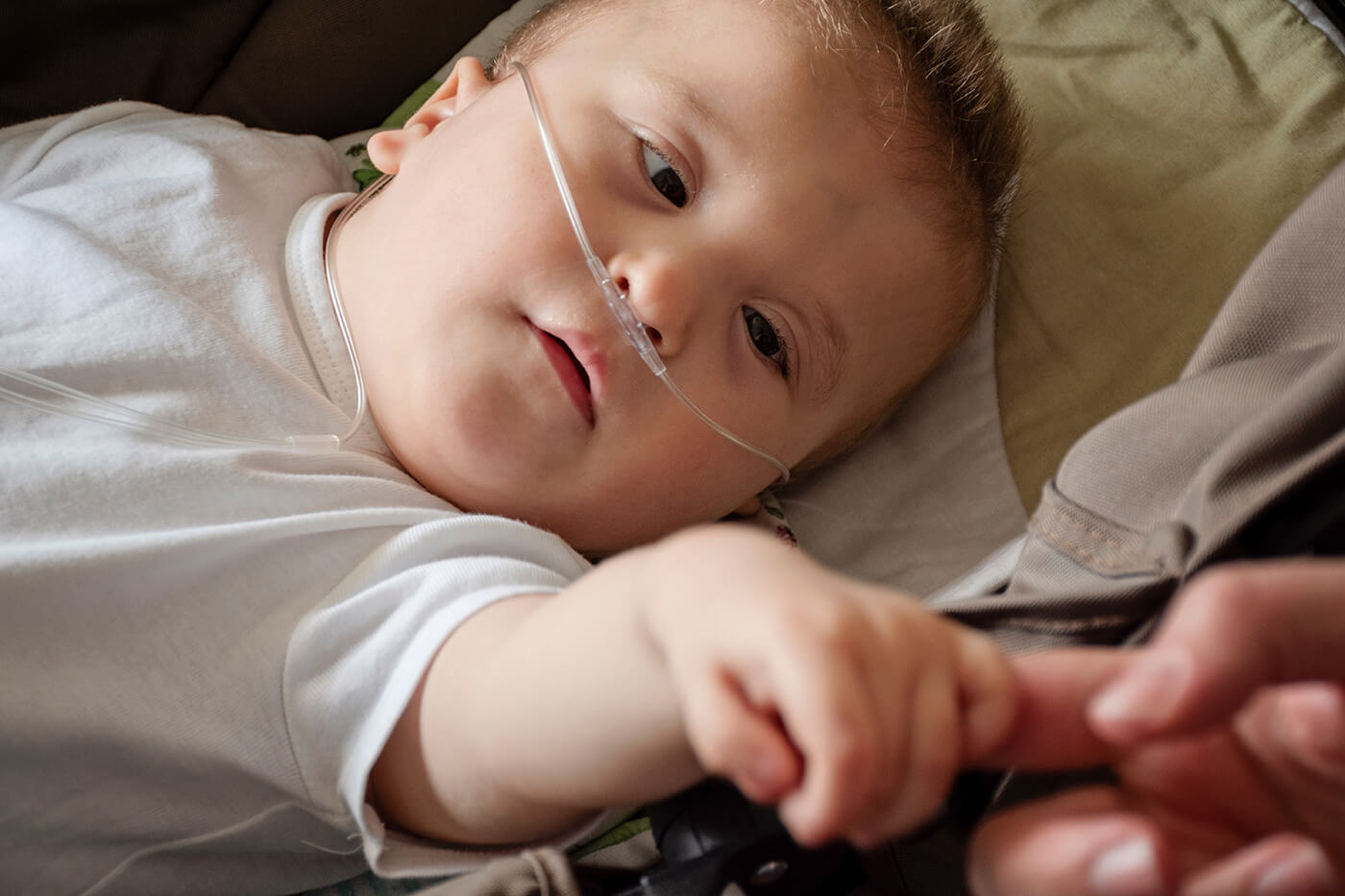When your baby is born with a catastrophic injury which leads to Cerebral Palsy, it has a devastating effect on the whole family and can leave parents feeling confused and unsure of how to care for their baby’s well-being in the long term. In some cases, the diagnosis may not happen immediately., The symptoms may be mild or you may not notice any issues with your baby until they start walking or even later,. Once the diagnosis is confirmed, you should consider seeking legal advice. Around 70% of Cerebral Palsy cases were caused by a birth injury. An attorney who specialises in birth injuries will be able to determine if you have a case for compensation.
Financial compensation cannot give you a healthy child, but it can go a long way to paying for the medical treatment and physical care which your baby will need throughout their life.
What is Cerebral Palsy and how does it affect children?

Cerebral palsy is a group of disorders that affect movement and muscle tone or posture. It’’s caused by damage that occurs to the immature, developing brain, most often before birth or during birth.
Signs and symptoms appear during infancy or preschool years. In general, cerebral palsy causes impaired movement associated with exaggerated reflexes, floppiness or spasticity of the limbs and trunk, unusual posture, involuntary movements, unsteady walking, or some combination of these.
Children with cerebral palsy can have problems swallowing and commonly have eye muscle imbalance, in which the eyes don’’t focus on the same object. They also might have reduced range of motion at various joints of their bodies due to muscle stiffness.
There’’s no cure for cerebral palsy, but resources and therapies can help kids grow and develop to their greatest potential. As soon as CP is diagnosed, a child can begin therapy for movement and other areas that need help, such as learning, speech, hearing, and social and emotional development.
Those with the longest life expectancies usually have more mobility, better medical care and adaptive equipment, and greater autonomy and independence. So, the sooner you get treatment for your baby, the better their chances will be. Financial resources that you can be entitled to through birth injury compensation will help you pay for the treatments and therapies needed.
The most common early signs of cerebral palsy include:
- The child doesn’t kick
- Movement is unduly stiff or rigid
- Movement is floppy or limp
- Trouble moving eyes
- Favoring movement on one side of body
- Not smiling within three months of age
- The child is unable to hold head up between three and six months
- Not bringing hand to mouth after three months
- Doesn’t begin rolling over or reaching for objects
- Isn’t sensitive to sound or light
- Delayed signs of communication
- Can’t walk by 18 months
- Doesn’t gain familiarity with people or things
- Child has awkward or unusual muscle tone
Babies who have CP may display some or all of these symptoms and you should consult a pediatrician if you have concerns about your child’s development.
Can a child with cerebral palsy live a normal life?
You might be wondering how the rest of your child’s and your own life is going to be affected by this diagnosis, and whether your child will need long term care even as an adult. Many children born with Cerebral Palsy go on to live a healthy and normal life as they transition into adulthood. Severe cerebral palsy can decrease life expectancy due to significant physical and intellectual impairments and associated health conditions. Patients with severe cerebral palsy tend to have significant mobility and/or intellectual limitations.
What part of the brain is damaged in cerebral palsy?
Cerebral palsy affects the motor area of the brain’s outer layer (called the cerebral cortex), the part of the brain that directs muscle movement. In some cases, the cerebral motor cortex hasn’t developed normally during fetal growth.
What medical mistake causes cerebral palsy?
Doctors and hospitals sometimes make mistakes that lead to cerebral palsy. Some of these catastrophic errors include leaving the infant in the birth canal too long, failure to treat seizures, improper use of forceps or vacuum extraction and failure to detect a prolapsed cord.
Other forms of medical negligence during childbirth include:
- Failure to act quickly in dangerous situations
- Failure to diagnose any apparent health conditions in the mother or baby
- Failure to monitor the mother or baby after childbirth
- Misuse of birthing tools such as forceps or vacuum extractor
- Use of unnecessary force during childbirth
Complications caused by these forms of medical malpractice can result in long-term birth injuries that can affect a child for their entire lifetime. If you would like a consultation with a birth injury lawyer, contact our team to make an appointment.
* The articles provided on the Stalwart Law website are for informational purposes only and are not intended to be used as professional legal advice or as a substitute for legal consultation with a qualified attorney.
Related Articles
Top Catastrophic Injury Lawyers in California
If you or a loved one have suffered a catastrophic injury due to medical malpractice, a road accident, intentional harm by another person or any
Brain Injuries and Car Accidents: Legal Steps to Take in California
Car accidents are one of the leading causes of brain injuries in California. These injuries can range from mild concussions to severe traumatic brain injuries
Navigating Insurance Claims After a Brain Injury in California
Suffering a brain injury can be a life-altering event, impacting not only your health but also your financial stability. In California, navigating the insurance claims




